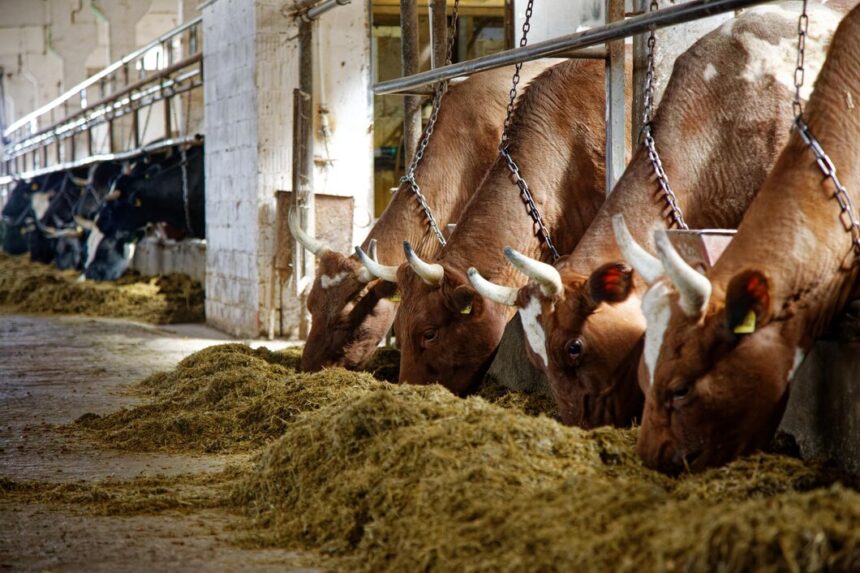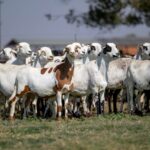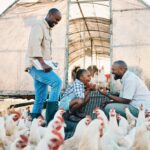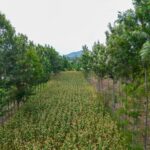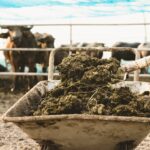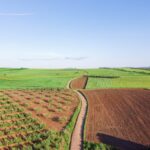As feed prices continue to soar across South Africa, many small and medium-scale livestock farmers are feeling the pressure. For those raising cattle, goats, pigs, poultry, or sheep, feed accounts for a large portion of total production costs—sometimes as high as 70%. With inflation, droughts, and global supply chain issues all playing a role, it’s becoming critical for farmers to find practical ways to manage rising expenses. The good news? There are proven strategies that can help you stay afloat and even thrive.
Here are seven smart strategies to cope with rising feed costs in South Africa:
1. Grow Your Own Feed
Planting forage crops like lucerne, sorghum, or cowpeas can dramatically reduce your reliance on commercial feed. These crops are relatively easy to grow, especially in areas with good rainfall or irrigation access. Lucerne, for example, is high in protein and ideal for dairy cows, goats, and sheep. Intercropping or rotating feed crops with your existing cash crops can also help improve soil health while cutting costs.
2. Use Agricultural Byproducts Wisely
South Africa’s food and agricultural industries produce tons of byproducts that can be repurposed for animal feed. Brewer’s grains, fruit pulp, maize husks, and sugarcane tops are just a few examples. When used correctly and in balanced rations, these byproducts can be a cost-effective supplement to standard feed. It’s important to work with a livestock nutritionist to make sure your animals are getting the right nutrients.
3. Embrace Rotational Grazing
If you have access to land, rotational grazing is a great way to maximize your pastures and reduce your feed bills. Instead of allowing animals to graze freely on one area, you rotate them across multiple paddocks. This allows grass to recover and regrow, which maintains a steady source of high-quality forage. Over time, this improves pasture health, reduces erosion, and increases the carrying capacity of your land.
4. Improve Feed Efficiency
Sometimes it’s not about feeding more—it’s about feeding smarter. Reducing feed waste, optimizing portion sizes, and using better feed storage methods can improve feed efficiency. Simple steps like cleaning feed troughs regularly, protecting feed from rain and pests, and feeding animals at cooler times of the day can all reduce losses and improve intake.
5. Consider Alternative Protein Sources
Protein is often the most expensive component of animal feed. Exploring alternatives like black soldier fly larvae, moringa leaves, or legume-based fodder could be game-changing. Insects, in particular, are gaining attention globally for their high protein content and low environmental impact. On a small scale, they can be grown with minimal inputs and added to poultry and fish diets.
6. Collaborate and Buy in Bulk
Joining or forming a cooperative with nearby farmers can help you buy feed in bulk at discounted rates. You can also share transport costs, storage facilities, or even group orders for mineral supplements and veterinary services. There’s strength in numbers, and working together could help you negotiate better prices with suppliers.
7. Track Your Feed Costs Closely
Keeping accurate records of feed purchases, usage, and animal performance will help you make informed decisions. This allows you to spot trends, reduce overfeeding, and identify which feed types give you the best return on investment. Technology tools like simple mobile apps or spreadsheets can make tracking easier, even on a small farm.
Rising feed prices are a serious challenge—but not an impossible one. With planning, creativity, and a willingness to adapt, South African farmers can protect their profits and build more resilient operations. Whether you’re farming for local markets or your own family, these strategies can help you weather the storm and move toward a more sustainable future.
Join 'Farmers Mag' WhatsApp Channel
Get the latest Farming news and tips delivered straight to your WhatsApp
CLICK HERE TO JOIN
